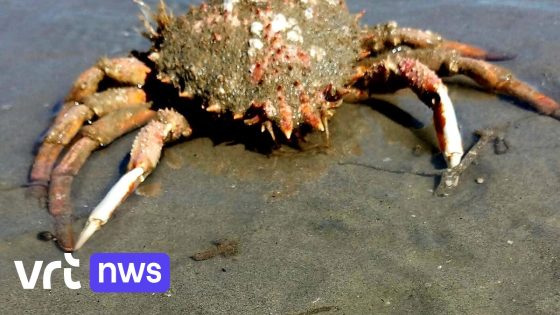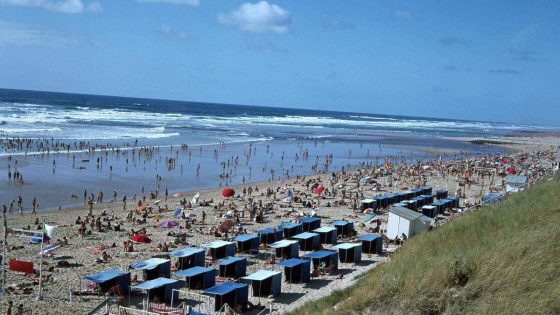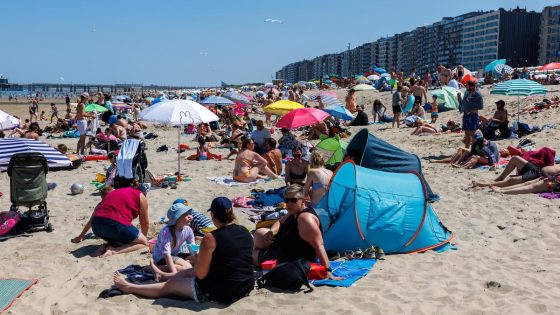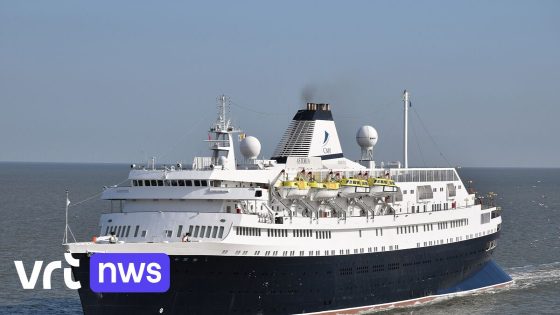A large spider crab has recently washed ashore on the beach of Oostduinkerke, sparking interest among locals and marine enthusiasts. The appearance of this spider crab, a species once mostly found in the English Channel, is becoming more frequent along the Belgian coast. This notable event was reported around 2025-07-17 17:20:00, drawing attention to changes in marine biodiversity near Belgium.
- Grote spinkrab aangespoeld op Oostduinkerke strand
- Spinkrab eerder vooral in het Kanaal gevonden
- Spinkrab vaker aan Belgische kust opgedoken
- Marien bioloog Francis Kerckhof geeft verklaring
- Opwarming zeewater beïnvloedt spinkrabverspreiding
- Klimaatverandering verandert mariene diersoortenpatronen
Marine biologist Francis Kerckhof suggests that the rising sea temperatures are likely behind this shift. Could climate change be reshaping Belgium’s coastal ecosystem? The spider crab’s presence raises important questions about the future of local marine life and the impact of warming waters on native species.
Understanding why spider crabs are now more common here helps US grasp broader environmental Trends. What does this mean for Belgian beaches and fishing communities? Let’s explore the implications further.
Why is the spider crab appearing more frequently along the Belgian coast? The warming of seawater likely plays a key role, altering habitats and encouraging species migration. This trend could affect local ecosystems and fisheries in several ways:
- Spider crabs may compete with native species for food and space
- Shifts in species distribution could disrupt traditional fishing patterns
- Warmer waters might attract other non-native marine life to Belgium
- Increased biodiversity could offer new opportunities for eco-tourism
As spider crabs become more common along Belgian shores, will coastal management strategies evolve accordingly? Monitoring these changes closely and promoting awareness can help protect Belgium’s unique marine heritage for future generations.

































